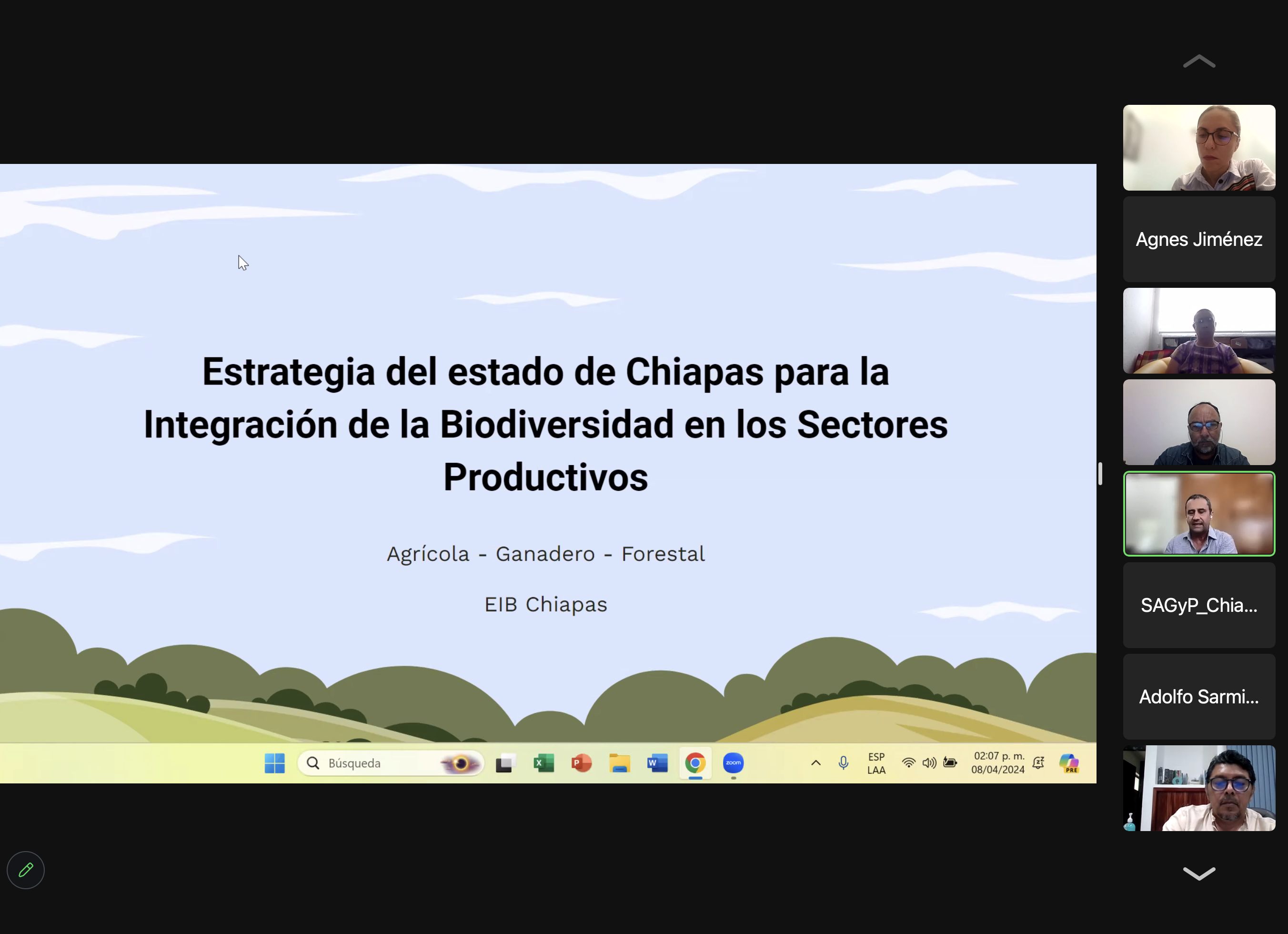In Mexico, member states of the Governors’ Climate and Forests Task Force (GCF TF) have achieved significant progress in implementing strategies to foster Low-Emission Rural Development (DRBE). Through a collaborative partnership model, the GCF TF has promoted exchanges among state entities and key stakeholders to drive a global forestry and climate agenda. In the Mexican context, the coordination of this network is led by Pronatura Sur and has adopted this collaborative model, seeking synergies with international initiatives committed to a more sustainable future. The GCF TF states in Mexico have worked diligently to construct and implement jurisdictional frameworks that promote Low-Emission Rural Development (DRBE). This includes training local actors, creating spaces for reflection and coordinated actions within subnational governments, establishing fundamental alliances for resource mobilization, and more—crucial tasks for optimizing efforts and leveraging emerging opportunities. One initiative is the Mexico-UK Pact Program, supported by the UK Government through its Embassy in Mexico, which aids the implementation of actions promoting sustainable forestry practices. We highlight a significant outcome of this synergy: the Strategy for Integrating Biodiversity into the Productive Sectors of the State of Chiapas (EIB Chiapas).
Partnerships for Biodiversity: The Chiapas Biodiversity Integration Strategy
One notable example of these partnerships is the collaboration with the Mexico-UK Pact Program. This program is committed to providing support, sharing knowledge, establishing robust relationships with other governments, and offering transformative technical assistance to reduce greenhouse gas emissions and transition to green economies. Since 2021 and continuing through this year, the program has strengthened the technical capacities of over 2,000 local producers linked to the Agriculture, Forestry, and Other Land Use (AFOLU) value chains in six GCF TF states: Jalisco, Tabasco, Chiapas, Yucatán, Quintana Roo, and Campeche. The efforts of the GCF TF states in Mexico, have promoted sustainable productivity in sectors such as beekeeping, meliponiculture, sustainable pine resin harvesting, agroforestry systems for cacao, and livestock farming. The focus has been on improving the quality of basic products and transitioning to a production model aligned with biodiversity conservation as a mitigation and adaptation strategy to climate change.
These joint efforts have positively impacted traditional production systems and strengthened the institutional capabilities of subnational governments. This latter aspect illustrates the objectives pursued by the GCF TF network, which aims to develop capacities and actively engage governments in combating deforestation and tropical forest degradation. A prime example of this institutional strengthening is the recent development of the Strategy for Integrating Biodiversity into the Productive Sectors of the State of Chiapas (EIB Chiapas). This strategy responds to the need to involve the agricultural, livestock, and forestry sectors in the conservation and sustainable use of biodiversity to avoid, reduce, and mitigate negative impacts on ecosystems and organisms.

Professor Sergio Graf contributing to the collaborative workshops
The EIB Chiapas is the result of collaborative work between Pronatura Sur A.C., the Ministry of Environment and Natural History (SEMAHN), and the Ministry of Agriculture, Livestock, and Fisheries (SAGyP) of the state, along with a consulting team that provided inputs for the official document’s preparation.
“This document responds to a specific request in the process of building capacities in Chiapas regarding natural resource conservation, aiming to directly influence the drivers of biodiversity degradation”
Stated Sergio Graf, the lead consultant. He also highlighted the dual perspective of this strategy: addressing the factors that deteriorate biodiversity and pollution linked to agricultural activities, while also considering factors that consolidate genetic and biological diversity related to food production. In addition, he explained the double perspective on which this strategy is focused, on the one hand, it considers the factors that deteriorate biodiversity and pollution linked to agricultural activities and, on the other hand, the factors of consolidation of genetic and biological diversity that have to do with food production.
Institutional Strengthening and Next Steps
In terms of institutional strengthening the strategy aims to collaboratively create guidelines, strengthen governmental decision-making, and foster collaboration between SEMAHN and SAGyP, along with other relevant actors and institutions, to achieve the sustainable use of biodiversity and natural resources in the aforementioned sectors. This will be achieved through the continuous improvement of actions promoted by the state government in coordination with other government levels and various societal sectors.
The EIB Chiapas document comprises three strategic axes and nine lines of action developed through four stages. The first stage included a preparation and accompaniment process where the strategy’s objectives and scope were defined. The second stage was a sectoral diagnostic, which involved compiling and reviewing documentary information and identifying relevant actors in each sector. Additionally, three participatory workshops were designed and implemented, allowing the identification of priorities and actions regarding biodiversity in the state with the mentioned actors.
The third stage involved the systematization and analysis of the information, followed by an institutional validation stage that required coordinated work between the technical teams of SEMAHN, SAGyP, and the consulting team. The document had an initial presentation attended by technical teams from both ministries, the consulting team, Laura Guillén from SAGyP’s Planning Unit, and María del Rosario Bonifaz, head of SEMAHN. Bonifaz emphasized the importance of maintaining a commitment to support the strategy document’s refinement. She added that integrating the relationship with the state’s government transition team and non-governmental organizations would be crucial for continuing this work.
The next steps involve continuing to review and adjust the strategy document and socializing it with the actors who participated in the three workshops to include their feedback, thereby consolidating a version that can be published. For more information on the actions of the GCF TF states in Mexico, visit this link. To learn more about the capacity-building project supported by the Mexico-UK Pact Program, visit the informative bulletins section on Pronatura Sur’s website.

